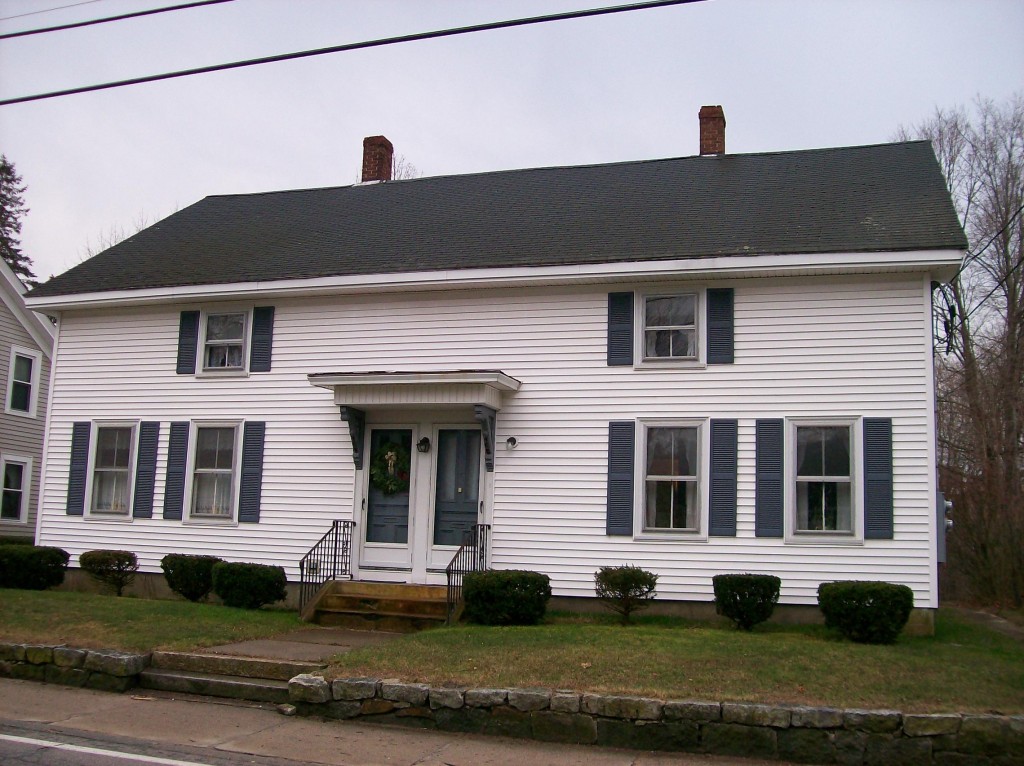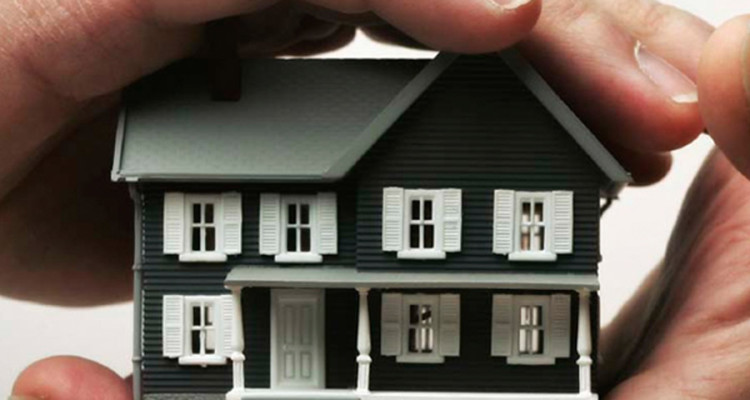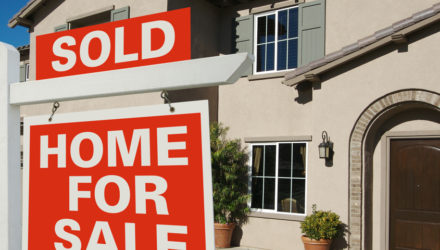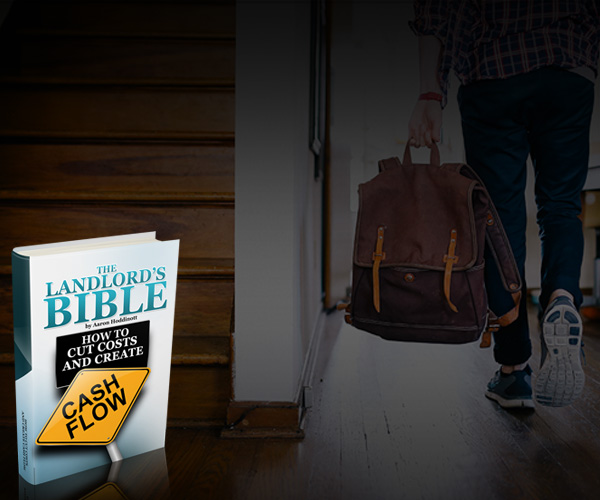Being a landlord is one of the best wealth creation strategies one can have if you follow my proven winning formula, and keep things simple. At the end of the day, a good investment property can be measured by three things: your monthly cash flow, asset appreciation and the amount of time spent dealing with tenants.
I guarantee these 10 Tips to Buying a Great Investment Property will save you headaches down the road if you are aspiring to become a landlord; and most importantly, they help maximize your rental income, ROI and asset appreciation potential.
I’ve been a landlord for several years, own different types of investment properties in different cities, and have learned these vital tips through my own personal trial and error. When looking to find an investment property, this is precisely the formula I follow.
So with that in mind, let’s get started:
Contents
Look to buy in lower-income neighborhoods
Don’t be afraid to buy in a lower-income neighborhood if the location is close to the downtown core. The first neighborhoods improved within large cities, especially in today’s economy, are the ones closest to the downtown core – where most people work. Commuting 45 minutes to work every day is a thing of the past. People want to live close to where they work.
So, if you have the opportunity to buy an investment property in a less desirable neighborhood, don’t overlook it. Try and envision where that neighborhood will be in 10 years. Really wander around the neighborhood and see if there are any new construction projects on the go. Lower-income housing may not be sexy, but it is highly profitable – just requires more of a hands-on management approach and selectiveness with tenants.

Brooklyn was once a lower-income, high-crime neighborhood. Now it has become a desirable place to live for many.
image source: wikimedia.org
My most profitable investment property is in a lower-income neighborhood and I have never had one issue with a tenant in the three years I’ve owned it. It has also appreciated roughly 20% in those three years.
Buy Old Before New
Nine times out of ten the older property will be the better investment over the long-term. Older properties give you more land and/or square footage for your buck and that is very important. With investment properties, size does matter!
An older property may require a more hands-on approach (as some maintenance and renos are required), but the ROI will likely be better than a new property. If you’re investing for the long-term, just remember that NEW doesn’t stay NEW. Tenants can make a new property look old very quickly. In addition, if you are looking at an older property versus a new one, consider that you could likely pick up a small, 30 year old duplex in a lower-income neighborhood with good bones (and the potential for two suites) for the same price as a brand new, one/two bedroom condo in a more desirable neighborhood. Single family homes are proven to increase in value much more than condos (from a percentage standpoint).

“The nineteenth century warehouse, at the side of the Bridgewater canal at Broadheath, contrasts starkly with the two modern apartment blocks”
source: http://www.geograph.org.uk/photo/2765286
In addition, new real estate projects are being built to sell to the end user (meaning the person living in them) and they come with a premium price tag. Older homes are being sold to developers and investors – people with foresight and looking to add value (people like you and I). Also, bear in mind that new condos, for example, come with no land (land is king!) and are in need of a contingency fund. Strata councils can be a headache in the beginning as they look to establish a cash reserve for a building that, quite frankly, doesn’t need one. In addition, many condo units come with rental restrictions.
If you can, buy a single family home in a lower-income neighborhood over a condo in a trendy neighborhood. And for anyone who says buying in a lower-income neighborhood is a dumb idea, tell that to all the investors who bought townhomes and duplexes in Brooklyn 20 years ago.
H.U.T.S.S.
In order to secure rental demand over the long-term, make sure the prospective investment property is close to what I call H.U.T.S.S. – which is:
- Hospitals
- Universities
- Transit
- Schools
- Shopping
Hospitals provide a ton of people with good employment who are looking for rentals. Nurses, for example, are fantastic tenants because they earn a good living and are rarely home. Universities provide you with student renters (ideally find students in graduate programs) and faculty. Transit is a huge selling feature for renters. In all my rental ads I make sure to document how close the property is to transit (subways, bus stops etc.). Schools are fantastic to have around your rental as it makes your suite attractive to families. Once parents put their child into a school, they don’t like to move, so it increases your odds of finding a long-term tenant (which is what you want). Having grocery stores and shops nearby is very important as it adds convenience to living in your rental suite.
Avoid Buying a Money Pit
When looking at rental properties (specifically houses), check the condition and age of the expensive fixes: Furnace, roof and windows. You want a roof that has at least 4 to 6 years left in it as they can cost upwards of 10k to replace. Make sure the windows don’t have condensation forming on the inside as that can lead to mold and will most certainly mean they need replacing. To have new windows installed it can cost anywhere from 5k to 20k, depending on how many there are. You want to make sure the furnace isn’t too old as it is extremely expensive to replace and a huge hassle. A forced air furnace typically lasts about 15 years, so be sure to find out when itwas last replaced. Getting a new furnace installed in a house can cost anywhere from 5K to 12K. This is the big appliance landlords always worry about.
Once you’ve looked at the condition of those three big potential expenses, then worry about the hot water tank, washer, dryer, fridge, stove etc. It is okay if you have to replace any of the mentioned items, provided your offer reflects the needed improvements.
The 20% Rule
If you can’t afford to make a 20% down payment, then you shouldn’t be buying the investment property. It’s called an investment property for a reason. Also, if you aren’t able to positive cash flow based on what you can rent it for (after researching comparable rentals), minus insurance, monthly strata (if condo), and property tax, then it isn’t something I’d buy. With a 20% down payment you should be positive cash flowing. Also, by putting 20% down you are somewhat protecting yourself from interest rate fluctuations.
Multi-Unit Properties are The Bee’s Knees
Multi-unit investment properties (duplexes, quadplexes etc.) are by far the better choice than a single unit (condo). There is a reason multi-unit properties rarely come on the market. And when they do, they don’t last long – so jump on them.

Multi-unit investment properties are the ideal choice for a landlord
image source: commons.wikimedia.org
Private Parking
 Look to buy an investment property that has private parking. In some cases, particularly in large cities, certain investment properties don’t have their own private parking. This puts the property at a disadvantage to other rentals and will certainly impact what you can charge in rent.
Look to buy an investment property that has private parking. In some cases, particularly in large cities, certain investment properties don’t have their own private parking. This puts the property at a disadvantage to other rentals and will certainly impact what you can charge in rent.
I remember when I was looking to buy an investment property in Vancouver and found a great condo, but it didn’t come with a parking stall. I ended up buying a different property just two blocks away which had a private parking stall – and I was more than willing to pay the additional $13,000 for it (despite preferring the look and feel of the other property).
A private parking stall can bring in an extra $150 a month in rental income. In large cities, a tenant with a car would have to pay at least that to the municipality for a monthly parking pass. In Vancouver, a private parking stall in the downtown core is estimated to be worth about $30,000.
Don’t be scared of crime, but do your homework
Check the crime levels in the neighborhood. While I personally like to buy investment properties in lower-income neighborhoods, given the potential upside, you want to make sure that crime in these neighborhoods has been trending lower. In addition, find out the frequency in which law enforcement is patrolling the neighborhoods.
Don’t be a prude when looking for investment properties. Be willing to buy a place in a lower-income neighborhood; they can be extremely profitable, require smaller down payments and from my personal experience, are never as bad as people say. In fact, they often have friendlier people than some of the wealthier neighborhoods 🙂 Go into the lower-income neighborhoods and get some culture!
Rental Comparables
Before buying your investment property, be sure to check what similar suites in the neighborhood are renting for and document how many suites are for rent. This gives you two very important pieces of data. First, it tells you your potential cash flow, and it also shows supply versus demand.
Manage it Yourself
Manage your own investment property – it’s not that difficult! Most property managers take 7% to 10% of your monthly rent, which in some cases will be your entire profit. Plus, if you let someone else manage your rental, how the heck will you ever learn to be a better landlord? If you’re not interested in managing your own investment property, don’t invest in real estate. Of course, the exception to the rule is if you live in a different city than your investment property (which is not a good idea for your first one).
When you’re out there looking for an investment property, be sure to keep these ten rules at the forefront. They will save you a lot of grief, maximize monthly cash flow and increase your return on investment.
Stay hungry,
Aaron
If you enjoyed this story, don’t be stingy. Share it with others 🙂 And if you aren’t a subscriber to our newsletter, join now - it’s free and you’ll learn a lot!
This article represents solely the opinions of Aaron Hoddinott. Aaron Hoddinott is not an investment advisor and any reference to investing in the article does not constitute a recommendation thereof. Readers are encouraged to consult their investment advisors, real estate agent and accountant prior to making any real estate investment decisions. The information in this article is of an impersonal nature and should not be construed as individualized advice or investment recommendations.















